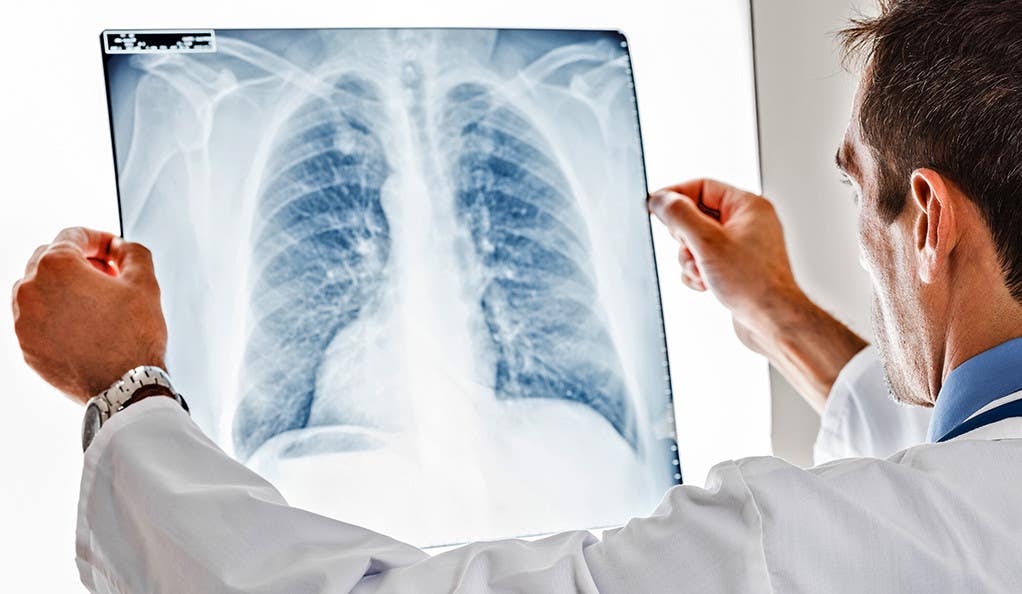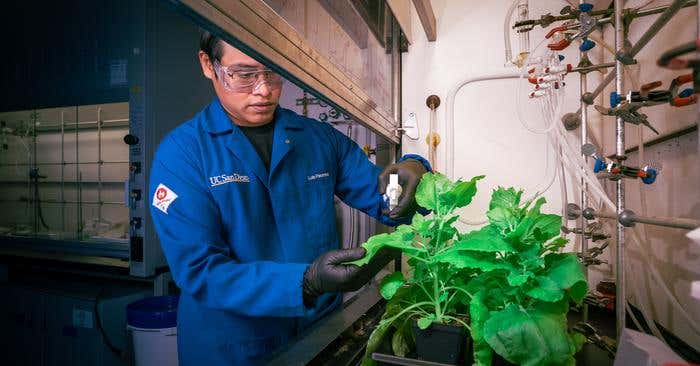New cost-effective drug to treat lung cancer is finally here
Most recent lung cancer research focuses on anti-angiogenic therapy, a cancer treatment that uses anti-cancer drugs to block the tumor.

[Oct 16, 2021: Cactus Communications]
In 2018, lung cancer caused 1.8 million cancer deaths worldwide. It is the most common type of cancer, with non-small cell lung cancers (NSCLCs) accounting for 85% of lung cancers. Most recent lung cancer research focuses on anti-angiogenic therapy, a cancer treatment that uses anti-cancer drugs to block the tumor’s angiogenesis, enabling them to fight cancer. One such well-known anti-cancer drug is bevacizumab, which was approved by the FDA in 2006 for the treatment of NSCLC.
Bevacizumab is what is known as an “anti-angiogenesis agent,” which plays an important role in preventing the progression of the disease. However, bevacizumab is expensive, thereby putting a huge financial strain on healthcare systems in many countries, including China. This makes cost-effective bevacizumab analogs, such as the new drug QL1101, highly desirable. A recent study published in Cancer Biology & Medicine, led by Prof. Baohui Han from Shanghai Chest Hospital (China) investigates the efficacy and safety of QL1101 as compared to bevacizumab. According to Prof. Han, “We’re hopeful that QL1101 will reduce the therapeutic cost burden for patients with NSCLC.”
Although QL1101 is known to have similar tumor-inhibiting behavior to bevacizumab, no studies had compared the safety and efficacy of the two drugs until now. In this study, Prof. Han and his team enrolled over 500 Chinese patients with untreated advanced non-squamous NSCLC in a double-blind, phase 3 clinical trial. They randomly divided the patients into two groups: one treated with QL1101 and the other with bevacizumab. They administered these drugs in combination with two standard chemotherapy drugs: paclitaxel and carboplatin. They then followed up with the patients over 18 months and compared the data from both groups. They found that the tumor objective response rate (a measure that assesses the size of the tumor) was 53% in patients who took QL1101 and 57% in those who took bevacizumab. Moreover, overall survival and disease control were also similar in the two groups.
The scientists then divided the groups into subgroups to check the efficacy of the drug for patients with certain clinical characteristics, such as a history of smoking and a mutation in the epidermal growth factor receptor (EGFR) gene. Although an EGFR mutation causes tumors to spread faster, the researchers found that patients with EGFR mutations who took QL1101 or bevacizumab had an overall better survival. The outcomes of the clinical trial were comparable for both drugs across subgroups as well. Finally, they evaluated the data for adverse reactions to the drugs and saw that both drugs had a similar safety profile. These results prove that QL1101 is as safe and effective as bevacizumab, making it a suitable alternative drug in non-squamous NSCLC treatment.
Although several bevacizumab analogs exist, QL1101 is the first one to be approved by the National Medical Products Administration (China). “This study demonstrates that China has made a series of achievements in the field of anti-angiogenic agents, especially macromolecular monoclonal antibodies like the bevacizumab-biosimilar QL1101,” says Prof. Han.
Anti-angiogenic therapy could be a powerful treatment option for patients with lung cancer. Drugs like QL1101 can contribute to long-term survival in patients with advanced lung cancer and even provide a way for lung cancer to be managed as a chronic ailment. An optimistic Dr. Han concludes, “From production to clinical practice, QL1101 provides a cost-effective option for the treatment of non-small cell lung cancers.”
Like these kind of feel good stories? Get the Brighter Side of News' newsletter.
Tags: #New_Discoveries, #Drugs, #Cancer, #Medical_News, #The_Brighter_Side_of_News



